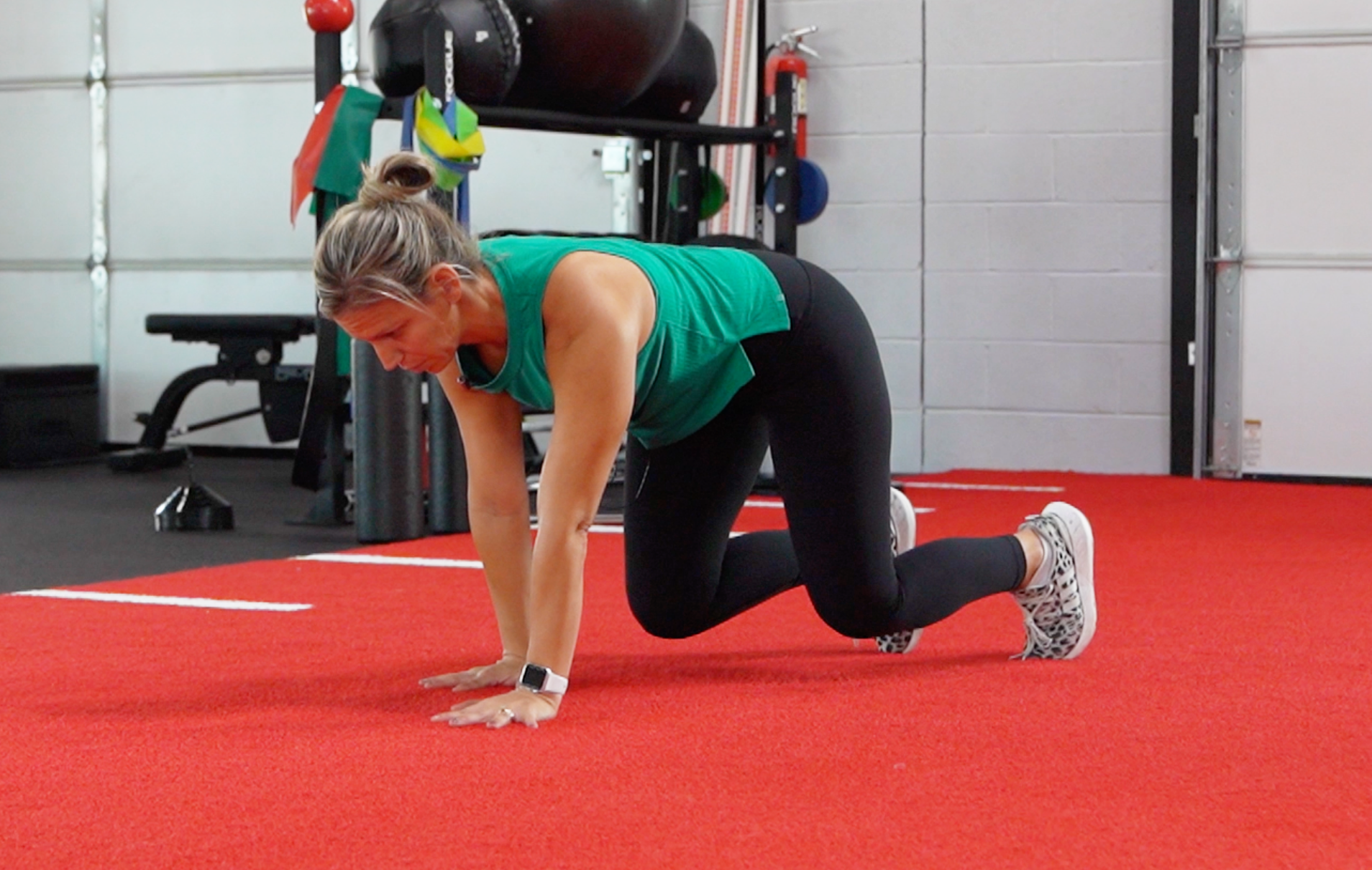Pelvic Floor Health & Exercise: The Right Balance

Find the Right Balance for Your Body with Exercise and Your Pelvic Floor
When it comes to exercise, most of us focus on goals like strength, endurance, or flexibility. But there’s one crucial muscle group that often gets overlooked—the pelvic floor. These deep core muscles play a major role in everything from posture and stability to bladder control and sexual function. Whether you’re hitting the gym, running a 5K, or simply staying active day-to-day, how you move can directly impact your pelvic floor—for better or worse. Let’s explore how to strike the right balance in your workouts to support long-term pelvic health.
The Pelvic Floor: Your Body’s Unsung Hero
Think of your pelvic floor as a supportive hammock of muscles at the base of your pelvis. These muscles play a crucial role in:
- Supporting Organs: They hold up your bladder, uterus, and rectum.
- Maintaining Continence: They help control your bladder and bowel movements.
- Enhancing Core Stability: They work with your core muscles to keep you balanced and upright.
Exercise and the Pelvic Floor: Striking the Right Balance
Exercise is fantastic for overall health, but when it comes to the pelvic floor, it’s all about balance. Here’s how different activities can impact these vital muscles:
- High-Impact Exercises: Activities like running or jumping can increase pressure on the pelvic floor. Without proper strength, this might lead to issues like urinary incontinence.
Low-Impact Exercises: Practices such as yoga and Pilates can gently strengthen the pelvic floor without excessive strain. In fact, a study found that low-impact yoga focused on pelvic floor exercises can reduce urinary incontinence episodes by 65%.
Signs Your Pelvic Floor Might Be Out of Balance
Your body has ways of signaling when something’s amiss. Pay attention to:
- Leaks: Accidental urine leakage during activities.
- Pelvic Pain: Discomfort in the pelvic region during exercise or daily tasks.
- Core Weakness: A feeling of instability or weakness in your midsection.
Pelvic Floor-Friendly Exercises
Pelvic floor exercises can be very specific to the individual and what complaints or lack thereof they may be having. Here are some to consider:
- Deep Squats: These engage the pelvic floor and surrounding muscles, promoting strength and flexibility.
- Glute Bridges: Lying on your back with knees bent, lift your hips to engage your glutes and pelvic floor (Bridge Progressions, Watch Here)
- Bear Crawls: On hands and knees, lift knees off the floor about 1inch (View Here)
Tips for a Balanced Routine
- Listen to Your Body: If an exercise causes discomfort or leakage, modify or consult a professional.
- Consistency Over Intensity: Regular, moderate exercise is more beneficial than sporadic, intense workouts.
- Seek Professional Guidance: A pelvic health physical therapist can tailor exercises to your needs.
Let’s Get You Ready 2 Perform!
At Rehab 2 Perform, we believe pelvic floor healing happens in the gym! Our fitness-forward approach empowers you to take an active role in your recovery. Whether you’re navigating postpartum changes, aiming to prevent issues, or seeking to enhance your athletic performance, we’re here to guide you every step of the way.
Ready to prioritize your pelvic health? Schedule an appointment with us today and embark on a journey to a stronger, more confident you!
Book Your Appointment Today
- Dr. Jamie Schindler, DPT, SCS, CSCS, Pelvic Health Specialist & Area Director- Annapolis & Gambrills

About Rehab 2 Perform
Rehab 2 Perform is a leading physical therapy and sports rehabilitation company dedicated to helping clients achieve optimal performance in their daily lives, whether they are athletes, weekend warriors, or individuals recovering from injury. With a team of highly skilled professionals across 11 state-of-the-art locations (soon to be 12), Rehab 2 Perform offers a personalized, evidence-based approach that emphasizes active rehabilitation and functional fitness. Find a Location near you, or Schedule Here.
